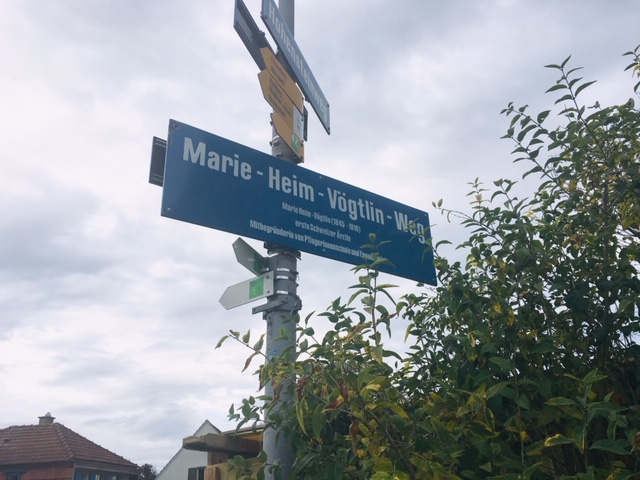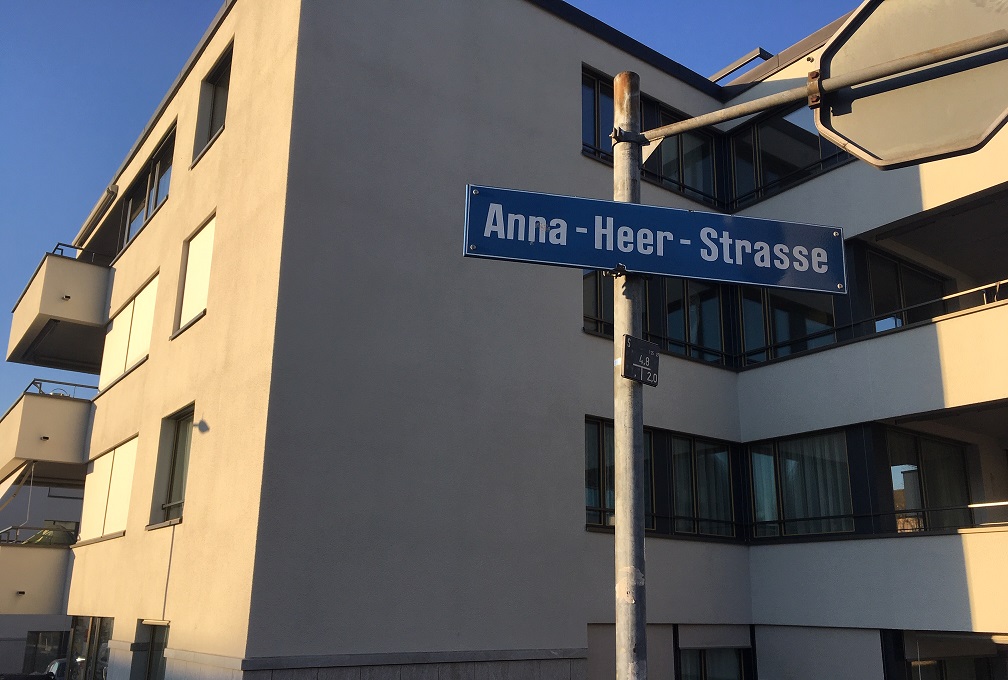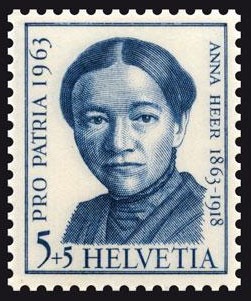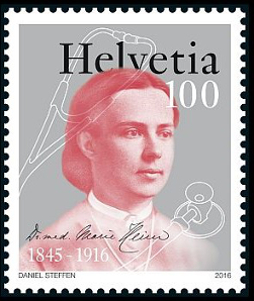This post is also available in:
 Deutsch
Deutsch
Fighting for social change is painful, often violent. If what has been achieved has become a matter of course, pioneers are quickly forgotten. Who of us commemorates the French Revolution and its victims gratefully at the mention of “human rights”? It is no different in the history of women. For more than a hundred years, numerous personalities have bravely stood up for their rights or even equality. They fought for access to education, to all professions, and finally to political emancipation. Their names have disappeared from general memory.
The historian Verena E. Müller on the legacy of Anna Heer
In the history of Swiss women, Marie Heim-Vögtlin and Anna Heer deserve a special place of honor. When Marie Vögtlin became the first Swiss woman to enroll at university in 1868, she and her family risked social disgrace. In addition, the public doubted whether women were as intelligent as men and entitled to higher education. There were no preparatory schools for female students, which made it difficult for them to be pioneers and overcome prejudices, as they came to university with considerable gaps in their knowledge.

Marie Heim-Vögtlin
The first Swiss female doctor got married, had children and stayed in the profession. A stroke of luck for women doctors looking for a role model, but also a demanding balancing act. In the first decades after her death, Marie Heim-Vögtlin was remembered for her achievements. At the Saffa (Swiss Exhibition for Women’s Work) in Zurich in 1958, her picture was in the gallery of honor. However only in 1995, the city of Zurich named a street in her honor. Her birth town of Brugg AG was a little faster in 1992. Finally, on the centenary of her death in 2016, the Swiss Post dedicated a commemorative stamp to her.

Anna Heer
The founder of the Swiss Nursing School, Anna Heer, was a generation younger and went a step further. She chose to specialize in surgery, a medical specialty that was regarded as a typical male domain until well into the 20th century. By founding her own hospital, she ventured even further into a world that seemed reserved for men.
As a child in Schinznach, a later graduate of the nursing school first heard of a hospital by women, for women: „‚What a miracle!‘ So said our mothers, ‚what a thing of eccentricity, of impossibility!‘ So sounded it at that time from our fathers.” (1) Anna Heer’s efforts to reform nursing were more respected in society than the struggle for women’s education. Zurich opened a Anna Heer-Strasse as early as 1935. Her portrait appeared on a Pro Patria stamp in 1963, issued on occasion of an anniversary of the Red Cross.
 |  |
Role models
Both Marie Heim-Vögtlin and Anna Heer were well aware of their role model function. Sometimes they had a hard time with it. It is probably no coincidence that both suffered regularly from severe migraine attacks. Marie and Anna were willing to renounce comfort and follow their ideals. These forerunners show that being a pioneer is not an easy life, but an interesting and fulfilling one.
It is fortunate that they did not wait until others stood up for them. In 1971, Swiss women were granted political rights. Marie Heim-Vögtlin had been dead for fifty-five years, Anna Heer for fifty-three years. Even Ida Schneider, who had been head nurse at the nursing school for many years and died at the age of 99, missed the right to vote for three years.
—
Text: Verena E. Müller
(1) Schweizerische Pflegerinnenschule, Nachrichten aus der Schule und ihrem Schwesternkreis, March 1939 (translated from German)
This is historian Verena E. Müller’s last blog post in our series to the exhibition “Anna Heer, 1863-1918”. We thank Verena E. Müller for the inspiring collaboration. Her new biography of Anna Heer will be published mid May 2019. The exhibition in the main library – Medizin Careum remains open until 31 August 2019.
